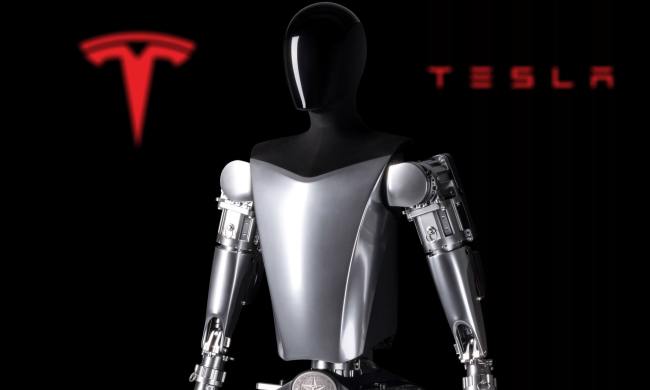If you see a MP3 player hovering over your house, have no worries. It’s just one of the new CE-IV (Close Encounters-Fourth Kind) digital audio players from high performance computer manufacturer Alienware.
The new CE-IVs, Alienware said, will be available in October for a yet to be disclosed price. These players will come in two memory sizes – 512MB and 1GB – and feature SRS WOW HD sound technology, which provides a treble control and enhanced bass. Other features of the CE-IV line include support of MP3 and WMA (including protected) music file formats, a SD/MMC memory card slot for additional memory, digital FM tuner, a graphic LCD display which shows artist and title information and a weight of 1.3 ounces.
The CE-IV will come with special noise reduction earbuds as well.
“With the introduction of the new CE-IV digital audio players, Alienware continues its well-established tradition of delivering highly innovative, stylish products that rise above what else is out there,†said Frances T. Alvarez, director of licensing for Alienware. “Music fans now have an exciting new option for listening to their favorite songs at the beach, at work, at the gym, on vacation, or anywhere else their active lifestyles take them.â€



